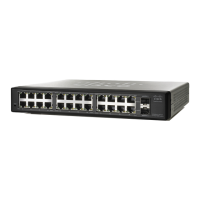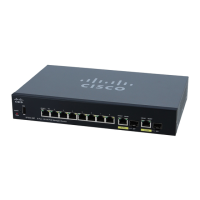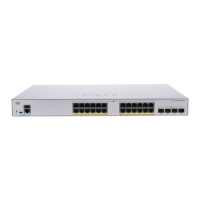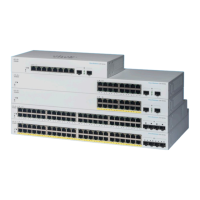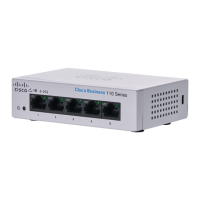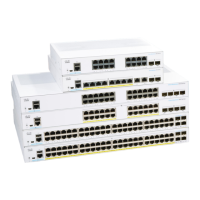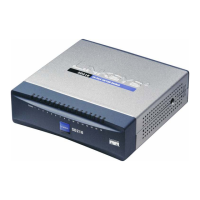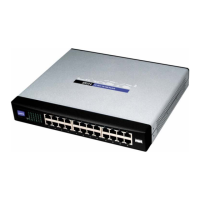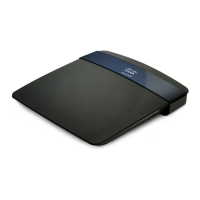VLAN Management
Regular VLANs
Cisco Small Business 200 Series Smart Switch Administration Guide 179
14
With QinQ, the device adds an ID tag known as Service Tag (S-tag) to forward traffic over the network. The
S-tag is used to segregate traffic between various customers, while preserving the customer VLAN tags.
Customer traffic is encapsulated with an S-tag with TPID 0x8100, regardless of whether it was originally c-
tagged or untagged. The S-tag enables this traffic to be treated as an aggregate within a provider bridge
network, where the bridging is based on the S-tag VID (S-VID) only.
The S-Tag is preserved while traffic is forwarded through the network service provider's infrastructure, and
is later removed by an egress device.
An additional benefit of QinQ is that there is no need to configure customers' edge devices.
QinQ is enabled in the VLAN Management > Interface Settings page.
•
Regular VLANs
This section describes the GUI pages used to configure various types of VLANs. This section describes the
following processes:
• VLAN Configuration Workflow
• Default VLAN Settings
• VLAN Settings - Creating VLANs
• Interface Settings
• VLAN Membership
• Port to VLAN
• Port VLAN Membership
VLAN Configuration Workflow
To c o n f i g u r e V L A N s :
1. If required, change the default VLAN as described in the Default VLAN Settings section.
2. Create the required VLANs as described in the VLAN Settings - Creating VLANs section.
3. Set the desired VLAN-related configuration for ports and enable QinQ on an interface as described in the
Interface Settings section.
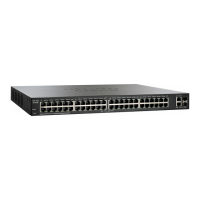
